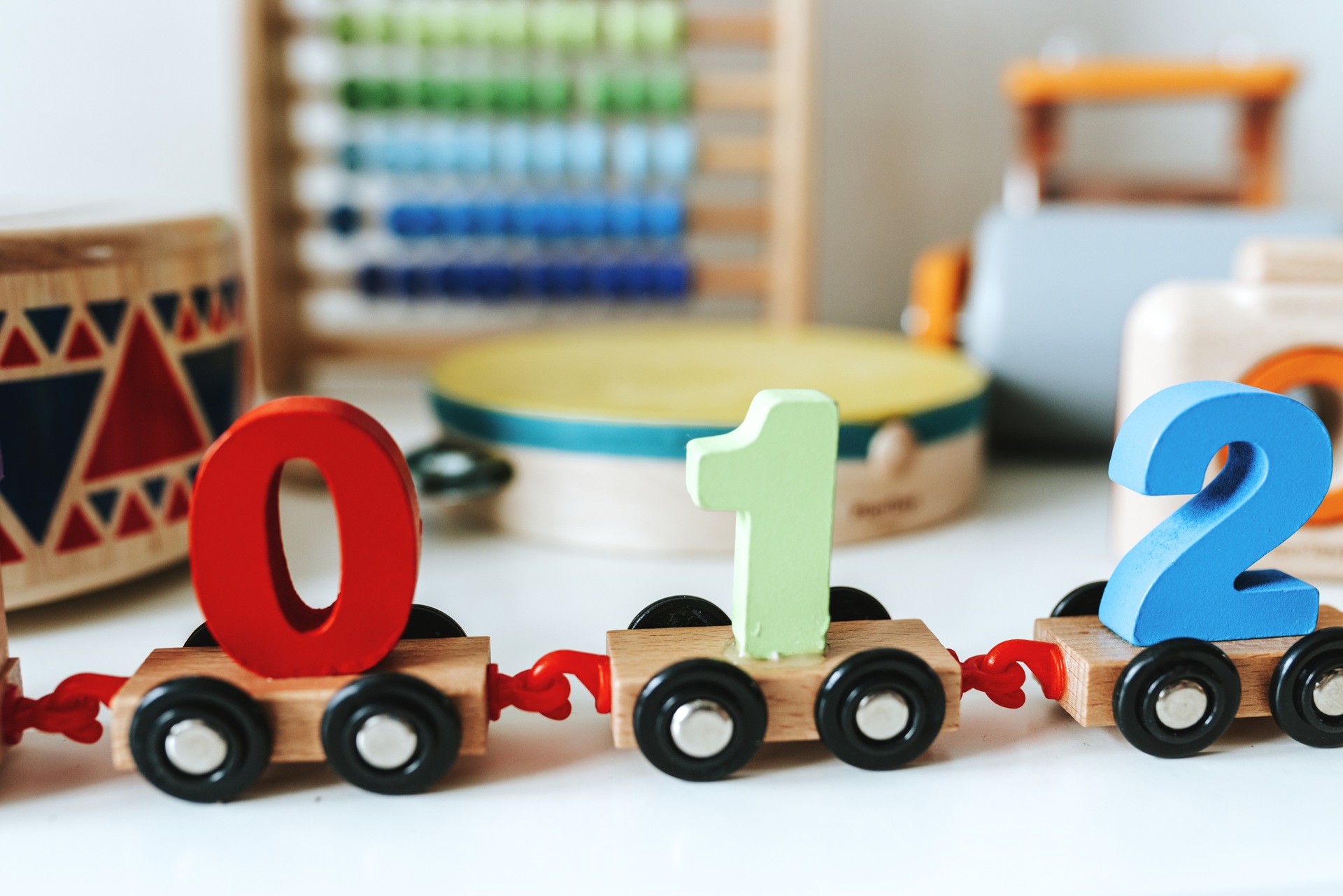Choosing the right toys for 1–2-year-olds is about more than just fun—it’s about supporting crucial developmental milestones. At this age, children are learning to walk, talk, explore, and interact with the world around them. The right toys can stimulate their senses, encourage movement, and help build early cognitive, motor, and social skills.
Why Are Toys Important for 1–2 Year Olds?
Between the ages of 12 to 24 months, toddlers experience rapid brain development. Toys play a key role in:
- Encouraging fine and gross motor skills
- Supporting language development
- Enhancing problem-solving abilities
- Fostering social and emotional growth
- Building curiosity and exploration habits
What to Look for in Toys for 1–2 Year Olds
Toys for this age group should be:
- Safe: Non-toxic materials, no small parts, smooth edges
- Open-ended: Allowing multiple ways to play
- Age-appropriate: Sized and designed for toddler hands and minds
- Sensory-rich: Providing texture, sound, color, and movement
Best Types of Toys for 1–2 Year Olds (Based on Developmental Needs)
- Push and Pull Toys
- Skill focus: Walking, coordination, and balance
- Toddlers love moving objects. Push walkers or pull-along toys help build leg strength and spatial awareness.
- Stacking and Nesting Toys
- Skill focus: Fine motor skills and problem-solving
- Items like stacking rings, nesting cups, and soft blocks help toddlers learn about size, order, and hand-eye coordination.
- Pretend Play Toys
- Skill focus: Language development and social-emotional growth
- Simple items like toy phones, soft dolls, or pretend food sets support early imaginative play and communication.
- Sensory and Musical Toys
- Skill focus: Auditory and tactile stimulation
- Toys that rattle, crinkle, or play music engage toddlers’ senses and teach cause-and-effect.
- Board Books and Interactive Books
- Skill focus: Early literacy and cognitive development
- Sturdy books with textures, flaps, or buttons encourage language skills and curiosity.
- Shape Sorters and Simple Puzzles
- Skill focus: Cognitive skills and hand-eye coordination
- These toys help toddlers understand shapes, matching, and early problem-solving.
- Balls and Soft Building Blocks
- Skill focus: Gross motor skills and object control
- Rolling, throwing, and stacking support motor development and spatial understanding.
Safety Tips for Toddler Toys
- Always check for choking hazards
- Avoid sharp edges or loose parts
- Opt for BPA-free and certified non-toxic materials
- Ensure toys are easy to clean since toddlers explore with their mouths
How Many Toys Does a 1-Year-Old Need?
Less is often more. Toddlers benefit from a small selection of open-ended toys that encourage creativity rather than an overwhelming amount. Rotate toys regularly to keep them fresh and engaging.
FAQ – Common Parent Questions
Q1: Can 1-year-olds play with puzzles?
Yes, but choose simple wooden or soft puzzles with large pieces. They help develop fine motor skills and early problem-solving.
Q2: Are electronic toys okay for toddlers?
It depends. Basic interactive toys that respond to touch or sound can be beneficial in moderation. Avoid toys with overstimulating lights and loud, repetitive sounds.
Q3: Should I focus on educational toys at this age?
Focus more on toys that encourage exploration and interaction rather than formal learning. Everyday play is education for toddlers.



